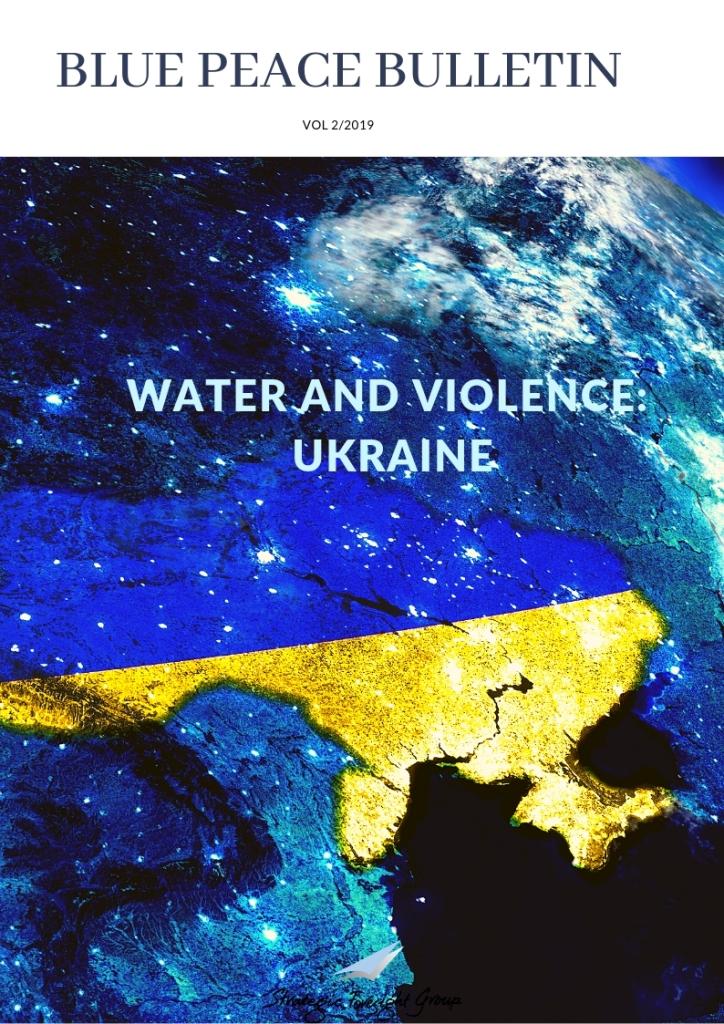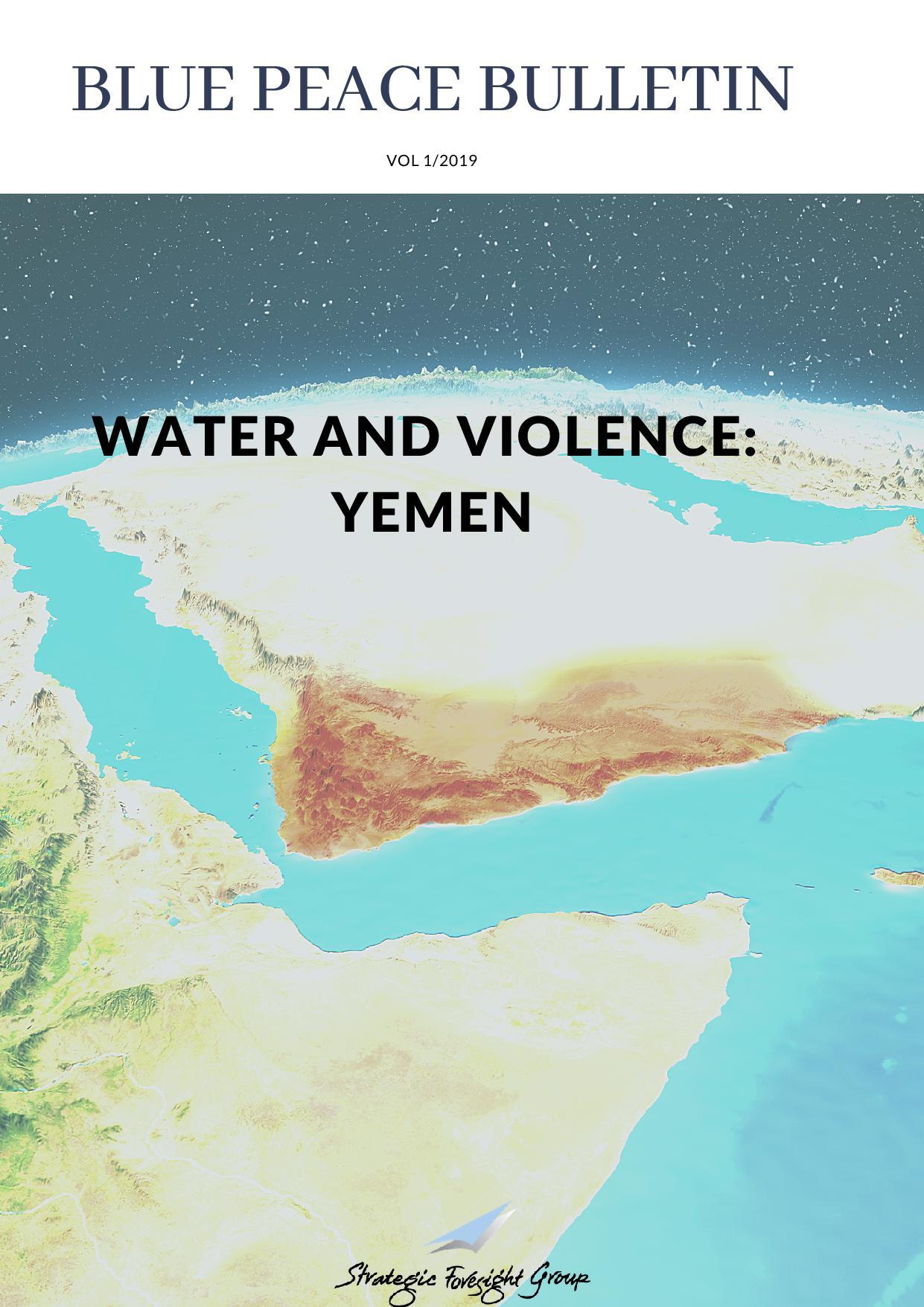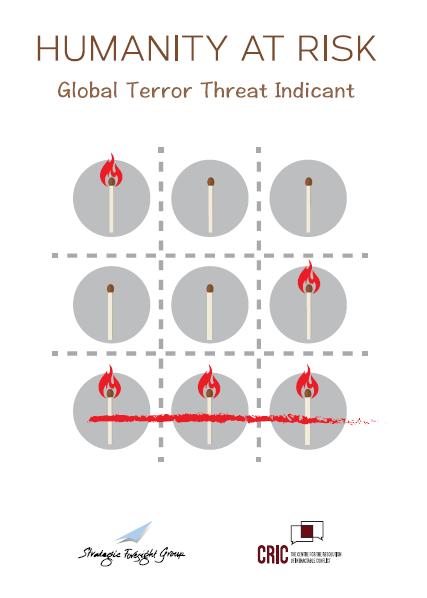The Cost of Conflict
 |
December 2007
By Ilmas Futehally
|
In the course of my travels and interactions with people at all levels, the questions that I have been asked most frequently is - have you really managed to make an impact on policy decisions? How do you know that your research reaches the decision makers and is taken seriously by them? Are the right people reading your reports? A look at the response that the SFG series on cost of conflict has evoked answers questions very cogently.
In 2003, SFG began researching the Cost of Conflict between India and Pakistan. The report that we published in January 2004 looks at a varied number of parameters that help to outline the cost of conflict between the two countries. Not only does it dissect the military costs between the two countries, but also social, political, diplomatic, educational, psychological and societal costs. The report is available for free download on this website, so I shall not write about the analysis and conclusions of the report here. However, what is of interest is the kind of response that the report generated. There were over 80 newspaper articles on the report in both Indian and Pakistani newspapers. This included editorials and edit page articles in both the countries. The then Minister of External Affairs of India wrote to us praising it. Pakistan�€™s former Foreign Secretary, wrote the Foreword of the report. Unofficially we heard of the report being a part of some official discussions! The report fuelled a public debate on whether the cost of the conflict was worth paying. There were enquiries from Pakistan about translating the report into Urdu. And within a short while we ran out of printed copies of the report!
The India-Pakistan report had an impact in the region beyond the India-Pakistan conflict as well. The Sri Lankan Prime Minister�€™s Office requested a similar report tracking the costs of the Sri Lankan conflict. As the Government of Norway was then actively engaged in monitoring the ceasefire, which they had been instrumental in bringing about, they assigned SFG to the task. Cost of Conflict in Sri Lanka was published in January 2006 after a yearlong research process. It was timed to be released just after the Sri Lankan elections in the hope that it would provide a tool to assess the comparative costs of alternative trajectories. While the report attracted tremendous attention from the media and civil society, unfortunately the scenario that seems to be playing out at the moment is the one titled Hell Let Loose in the report.
The original Cost of Conflict report has travelled beyond the region as well. At the World Economic Forum Summit on the Middle East in May 2004, His Majesty King Abdullah of Jordan spoke about the need for such an exercise in the troubled Middle East region. In June 2007 SFG had a brainstorming session in the House of Lords in London which had Members of Parliament from UK, the European Parliament, the German Bundestag and the Arab League present. They came to the conclusion that a study looking at the cost of conflict in the Middle East would help expedite the peace process in the region. Starting in December 2007, a yearlong project looking at the multi-dimensional costs that the countries in the Middle East have paid and suffered began. In March 2008, SFG will convene a planning workshop of prominent experts under the joint sponsorship of the Turkish and Swiss Governments. In May 2008, the work in progress will be discussed at a major international political conference. In November 2008, a multiparty leaders roundtable at the European Parliament will discuss the outcome. We hope that it will help the people and policy makers in the region and outside to realise that these costs are not sustainable.
Thus, over the last few years we have developed a new tool for looking at conflicts and the future of the countries that are involved in it. And coming back to the questions asked by the curious- does it make a difference in the end? Here is what the Times of India, India�€™s largest selling newspaper said in its editorial �€“ �€œWe�€™ve known it all along- the conflict with Pakistan is a lose-lose situation for both sides. But now the report of the Strategic Foresight Group titled Cost of Conflict between India and Pakistan has put a figure to it�€� The writing is on the wall- investment in people is an investment in peace.�€
If this is the conclusion that even 50 per cent of the people reading our cost of conflict series come to, I believe that we will have achieved our aim.
Related Publications
Related latest News
Related Conferences Reports
-

P5 Experts Roundtable on Nuclear Risk Reduction
Download:Geneva Roundtable Report
-

Roundtable on Global Security and Catastrophic Risks
Download:Report on RT revise





